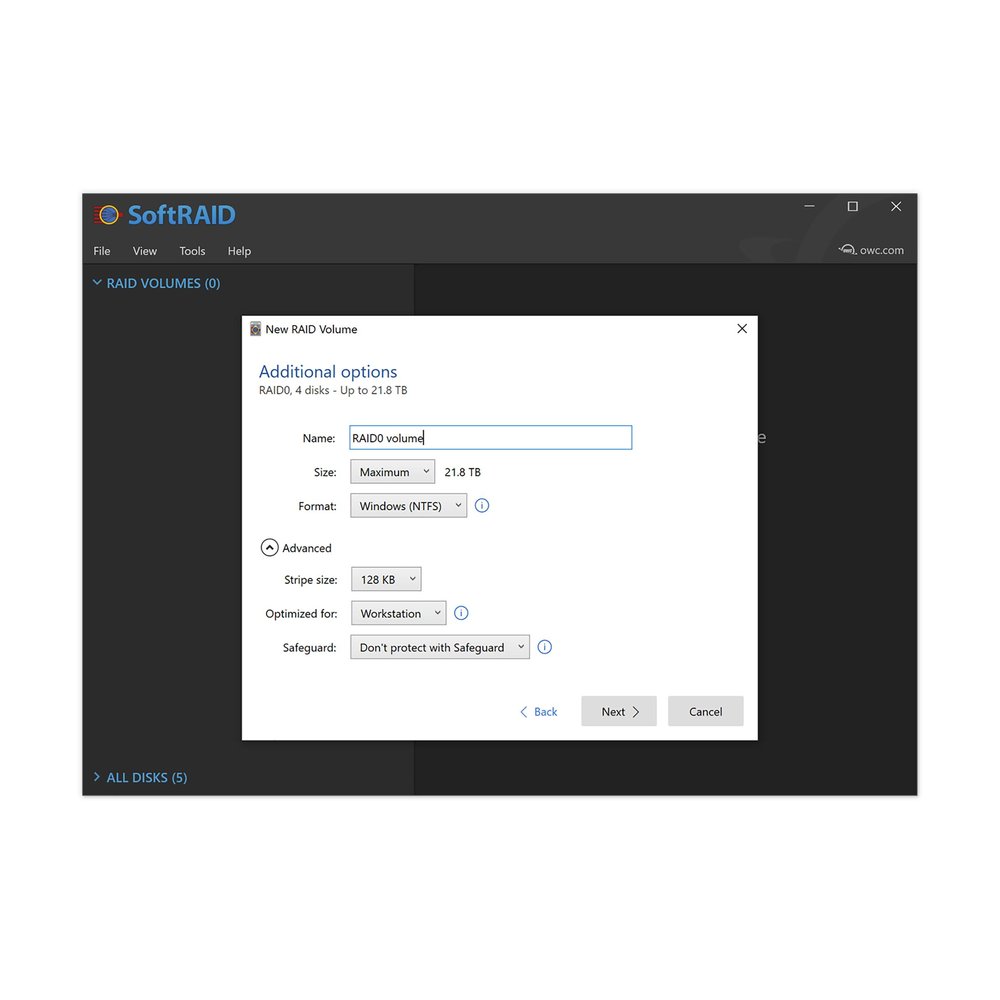

The tool is able to format and manage RAID devices as well. If you can’t format a storage drive with File Explorer, you can benefit from third-party software.Īomei Partition Assistant offers support for many types of hardware devices, from traditional HDDs, SSDs, and SSHDs to IDE, SATA, and FireWire. To do this, just right-click on the unallocated space of the second drive, select New Simple Volume and follow the dialog.Ĭopy the UEFI System Volume data from the first drive to the second.There are also various third-party utilities that you can format flash drives with.
Softraid for windows windows#
This partition cannot be mirrored automatically by Windows you need to manually copy and configure it on the second drive. UEFIĮvery UEFI system has a UEFI System Volume. Also check that the synchronization is running, which is indicated by the reddish colored Volumes and their status information. Please check that you have correctly added all the Volumes to the mirroring. Then confirm by clicking on Add mirroring. Right-click on a Volume and choose Add mirroring from the context menu.If your system is running in Legacy mode, you should do the following steps on all the Volumes of the main disk. Now, continue below to either "Legacy" or "UEFI". If you cannot find this entry, the system is installed in the Legacy mode. In the right side of the window, you should see the BIOS MODE entry, which has the correct mode ( Legacy or UEFI) as its value.Type msinfo32.exe and press the Enter key to open the System Information window.To do this, please click on the Windows symbol in the bottom left corner, or press the Windows or Super key. Now you have to determine if your system has been installed in Legacy Mode, or in UEFI Mode.

Please also select the other drive which you would like to use for the RAID1.

Softraid for windows how to#
The following guide describes how to manually setup a drive mirroring (RAID1) in a Windows operating system.
Softraid for windows software#
Windows Server Software RAID Last change on


 0 kommentar(er)
0 kommentar(er)
